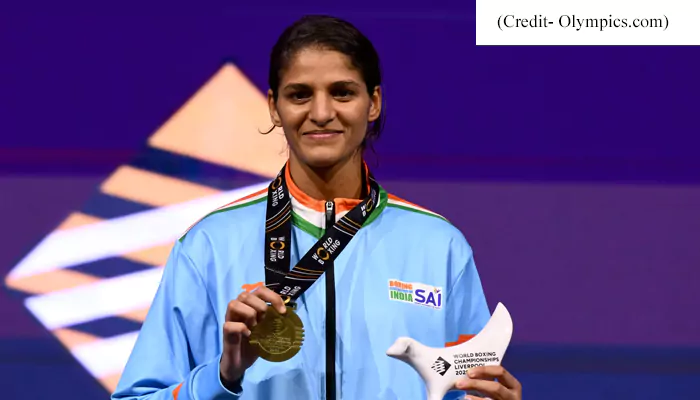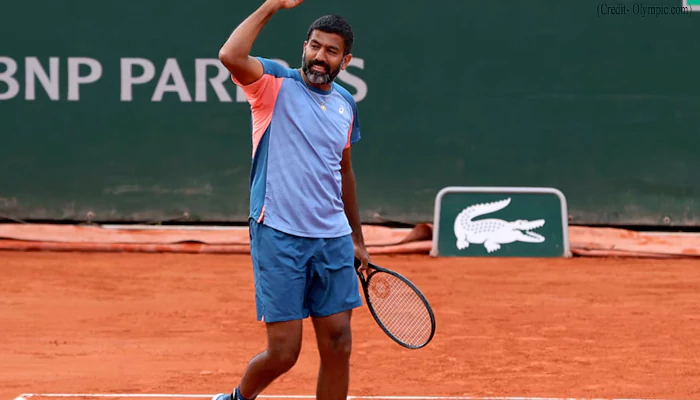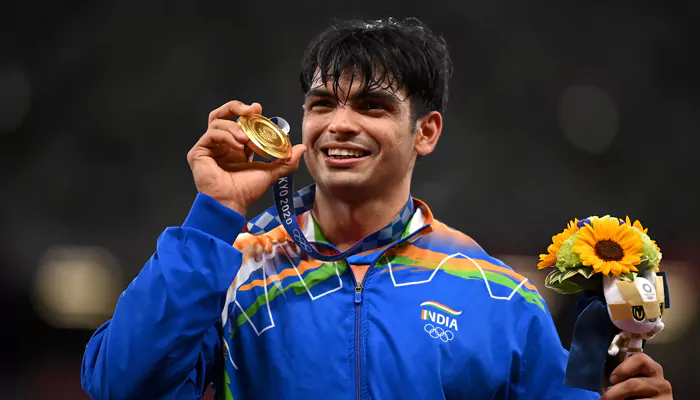
Shivam Dube is a relatively new name in international cricket, but he has grabbed everyone’s attention with his power-hitting prowess in the IPL.
The 2024 ICC T20 World Cup is on, and India’s batting firepower is a cause for excitement. While their top order boasts established names like Rohit Sharma and Virat Kohli, the role of the finishers in the slog overs is equally crucial. In Rishabh Pant, Shivam Dube, and Hardik Pandya, India possesses a potent trio capable of taking the game away from the opposition in the crucial final stages. Let’s delve into the unique skill sets each finisher brings to the table and how they can contribute significantly to India’s World Cup aspirations.
The Left-Handed X-Factor: Rishabh Pant
Rishabh Pant is an explosive left-handed batsman known for his fearless approach and ability to clear the boundaries with ease. His natural aggression makes him a perfect fit for the finisher’s role. Pant can come in during the latter overs, unsettle the bowling attack with his unconventional strokeplay, and score quick runs at a high strike rate. Furthermore, his left-handed presence disrupts the rhythm of right-arm pace bowlers often used during the death overs. Pant’s ability to play unconventional shots like the reverse sweep and the switch-hit adds another dimension to his batting, making him difficult to bowl to in pressure situations.
However, consistency has been a concern for Pant in the past. The key for him will be to convert his starts into impactful knocks and play according to the situation. If he can manage to temper his aggression with calculated hitting, Pant has the potential to be India’s match-winner in close encounters.
Neither the finisher in WC squad is scoring big nor the reserve 🤦♂️ pic.twitter.com/KoEwsZocXp
— Dinda Academy (@academy_dinda) May 5, 2024
The New Kid on the Block: Shivam Dube
Shivam Dube is a relatively new name in international cricket, but he has grabbed everyone’s attention with his power-hitting prowess in the IPL. The left-handed batsman possesses a brutal batting style, capable of muscling the ball over the ropes with effortless power. His ability to rotate the strike effectively and find the boundaries consistently makes him a valuable asset in the slog overs. Dube can provide stability alongside a more aggressive batsman like Pant, ensuring a steady flow of runs while also possessing the ability to accelerate when needed.
Dube’s experience at the international level is limited compared to the other finishers. However, his recent form in the IPL suggests he is ready to perform on the big stage. The T20 World Cup presents him with a golden opportunity to showcase his talent and cement his place in the Indian team.
The Experienced All-rounder: Hardik Pandya
Hardik Pandya is a seasoned campaigner who has proven his mettle in high-pressure situations. His medium pace bowling offers a change of pace in the death overs, and his power-hitting abilities are well-documented. Pandya can manipulate the field with his clean hitting and can also rotate the strike effectively, making him a well-rounded finisher. His experience of playing in big matches will be invaluable for the younger finishers like Pant and Dube.
However, Pandya’s form has been a cause for concern in recent times. His bowling fitness and consistency with the bat need to be addressed if he wants to reclaim his finisher’s role effectively. If Pandya can rediscover his all-round form, he will be a complete package for India, providing valuable contributions with both bat and ball in the slog overs.
Adaptability and Flexibility: The Key to Success
The beauty of India’s finishing trio lies in their adaptability. Pant’s left-handed aggression can be combined with Dube’s power-hitting or Pandya’s experience, depending on the situation and the opposition bowling attack. The team management has the flexibility to choose the finisher best suited to the match conditions and the required run rate. Furthermore, all three finishers are capable of adapting their batting styles based on the wickets and the number of overs remaining.
Communication and Strategy: Building a Partnership
The success of India’s finishing trio will hinge on clear communication and a well-defined strategy. The batsmen need to communicate their intent and adjust their batting styles based on the partnership and the required run rate. The team management also needs to have a clear plan on how many overs each finisher should ideally bat and what their roles are in different scenarios.











